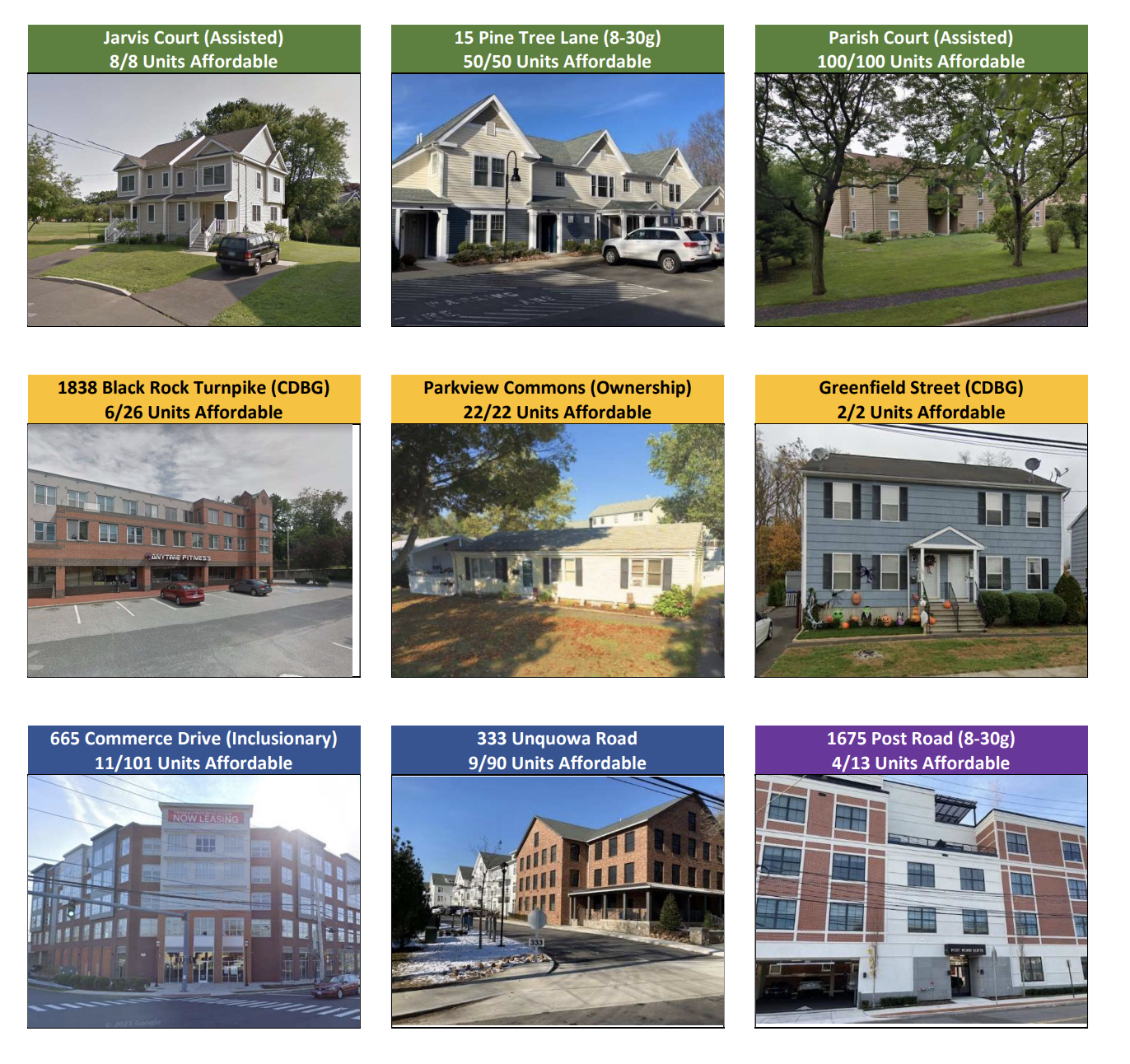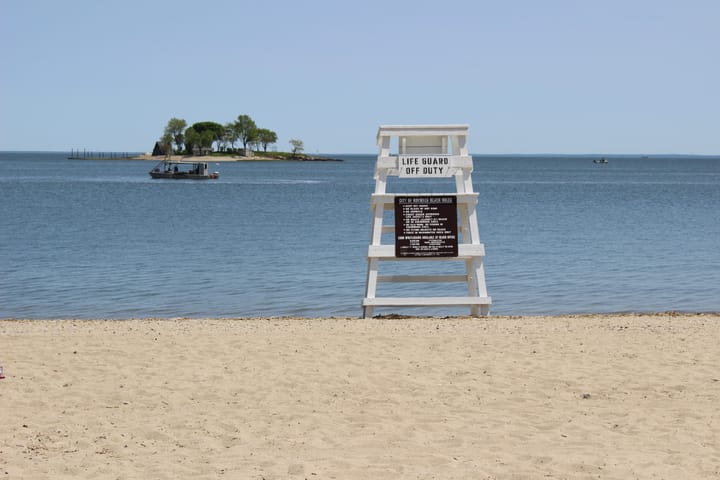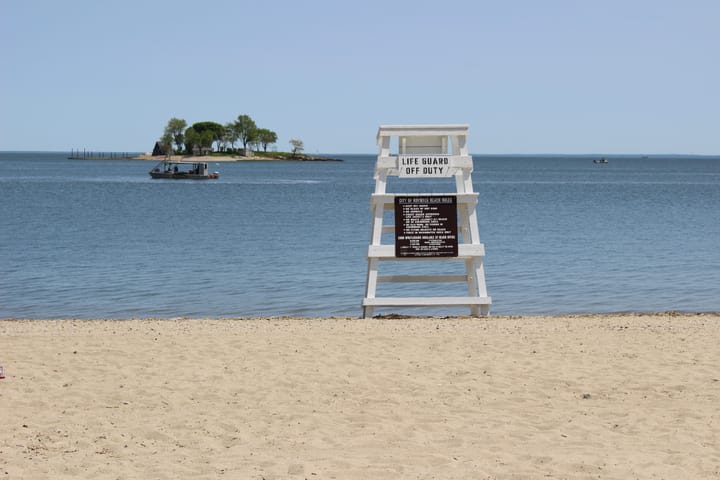Fairfield Unveils Draft of Affordable Housing Plan
Fairfield's Affordable Housing Committee is unveiling a draft affordable housing plan this week.

A new draft affordable housing plan for Fairfield aims to find “ways to address housing affordability” in the town and find ways to “expand housing options and choices.”
The Affordable Housing Committee will be unveiling the draft of the 2022-27 Affordable Housing Plan, at a joint meeting with the Plan and Zoning Commission on Monday, March 14 at 7 p.m. It is the first public presentation of the draft, which is necessary to satisfy a state requirement of having an affordable housing plan in place by June 2022.
What is considered affordable housing?
In this plan, the committee defined affordable housing in Fairfield as:
- Housing that is reserved for people who earn 80% or less than the area median income—which would be those earning $56,336 or less for a one-person household or $80,480 for a family of four
- Housing that costs less than 30% of a person’s monthly income. So for a person earning 80% of the area median income, that rent for a one-bedroom would be capped at $1,321 and at $2,118 for a three-bedroom.
About ⅓ of households already living in Fairfield are considered “cost-burdened,” according to the plan, which means that they are spending more than 30% of their income on housing. About 28% of the town is struggling with the overall cost of living, according to United Way’s “ALICE” metric—Asset Limited, Income Constrained, Employed.
The town also has fewer affordable units compared to other towns of a similar size, the plan notes. For example, Greenwich has about 25,631 housing units of which about 5.35% are considered affordable. In Fairfield, there are 21,648 units, but just 2.47% are considered affordable.
According to the state’s Affordable Housing List, there are 556 housing units that are “affordable” in Fairfield of which 231 are assisted housing, 124 are deed-restricted, 131 receive rental assistance, and 70 receive mortgage financing assistance.
What is the vision identified by the plan?
The plan has found that Fairfield needs both more housing units overall to support the town’s growing population and that it needs more housing options and choices to support the different needs of residents, such as parents looking to downsize when their kids move out or younger residents looking to move out.
The plan also argues that steps could allow the town to “take control of its future” and make sure that the developments in town fit with both the affordable housing needs and the community around it.
One of the main goals is to take this control is to earn enough “housing equivalency points” to get a moratorium from the state’s statute on affordable housing, which many people refer to as 8-30g.
The state law applies to towns who have fewer than 10% of their housing units deemed “affordable.” If a town does not meet that threshold, developers who want to build affordable units do not have to follow local zoning regulations, though many smaller towns have opposed this part of the statue.
The statute does allow for towns to earn moratoriums, which would allow them to continue to enforce those zoning laws if they earn “points” toward affordable housing units. The plan estimates that the town has about 390 points, but would need “440 housing unit equivalent points,” for a moratorium.
How can the town achieve this?
Some recommendations in the plan include:
- Increasing the affordability set-aside requirements (perhaps to 15% or higher) in all zoning districts—which means that if a new development is built at least 15% must be reserved as affordable units.
- Amending zoning regulations for the Designed Residence District that would allow for more housing options, increase the number of affordable housing units, and enable smaller housing developments. This could be done through requiring deed-restricted units or allowing more density.
- Supporting the Fairfield Housing Authority in their work to create additional affordable housing units.
- Working on design guidelines for multifamily/mixed-use development to better fit in with the neighboring area
- Having the set-aside affordable units last for long than the 40 years required by state statute
- Making some existing housing units into deed-restricted additional housing
- Looking into ways to add “middle housing”—such as two-family homes in some areas that are single-family housing
- Adding a town staff position to oversee the implementation of this plan
What does the community think?
As a part of the work on the plan, the Affordable Housing Committee conducted surveys in June and July 2021 which received 1,167 responses. Some of the responses include:
- 64% agreed with: “Fairfield should support mixed use buildings along main travel corridors with ground floor business uses and residential uses above.”
- 63% agreed with: “Fairfield should help the Housing Authority find ways to build more units to address the needs of lower income elderly / disabled persons.”
- 54% agreed with: “Fairfield should continue efforts to guide the design of multifamily housing in Fairfield.”
- 57% disagreed with: “Fairfield should allow existing single-family detached homes to be converted into two-family homes.”
- 49% agreed with: “Fairfield should help the Housing Authority find ways to build more units to address the needs of lower income families.”



